In most cases, weeds are unwanted and intrusive, but some can actually benefit your garden! Check out these Weeds that Make Good Fertilizers!
Weeds are party crashers—they are not invited, take up space and resources, and are not dressed for the occasion. However, some are extremely useful in the garden. You don’t have to empty your wallet on pricey plant food when you can use these weeds that make good fertilizers!
Weeds That Make Good Fertilizers
1. Dandelion
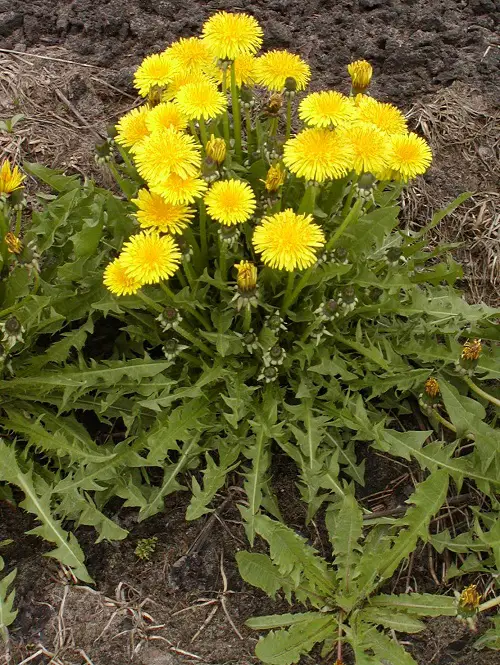
Botanical Name: Taraxacum officinale
On top of the list is the iconic weed, dandelion! It can be used as a fertilizer because it sucks up nutrients from deep within the soil, thus making them more accessible for other plants to use it.
You can also use it as a regular fertilizer by creating a liquid concoction of dandelion leaves and water. Get started with these DIY dandelion fertilizer recipes.
2. Nettle
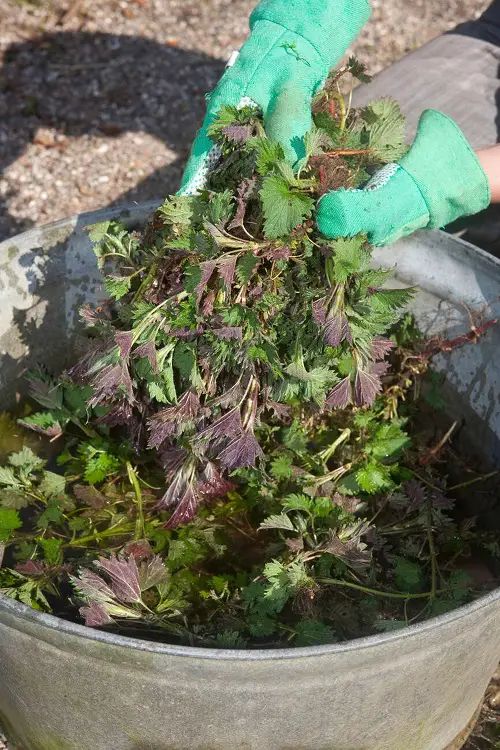
Botanical Name: Urtica dioica
Rich in chlorophyll, nitrogen, iron, and potassium, the Stinging Nettle may sting you, but your plants will love the nutrition it holds. Nettle fertilizers in the market contain the same nutrients as those in the plant. So, if you’ve got this weed invading your garden, put it to good use!
Brew a fertilizer tea by boiling its foliage in water, as shown in this DIY guide. Once cooled, use the tea in the garden during a plant’s growing season, typically in spring, and focus on leafy and heavy feeders. This tea can last up to six months.
3. Chickweed
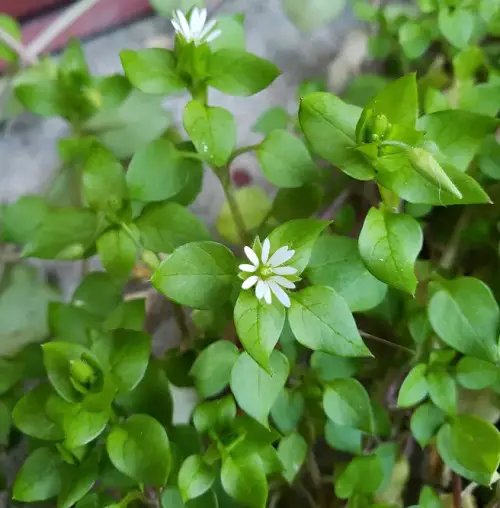
Botanical Name: Stellaria media
This nitrogen-scavenging weed has shallow and fibrous roots. Hence, it’s safe to plant alongside vegetation with deep root systems, as there won’t be any competition. Chickweed tea is great for enhancing the soil’s nutrients.
It breaks down quickly, and compost or mulch made of chickweed is rich in minerals like magnesium.
4. Comfrey

Botanical Name: Symphytum officinale
Comfrey might look like a simple leafy plant, but those leaves can do wonders as a fertilizer! A mulch of comfrey leaves and grass blades is rich in nitrogen, potassium, and phosphorus and enriches the soil over time.
These plants have long, deep taproots that can access and extract nutrients and trace minerals unreachable to most other plants. Mulching or even brewing a fertilizer tea unlocks these precious nutrients for other plants.
5. Yarrow
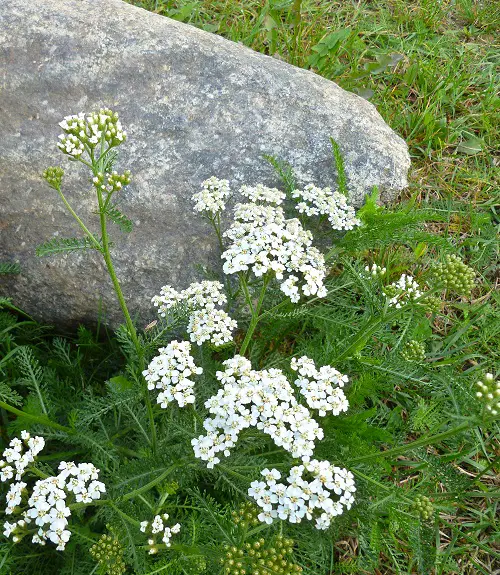
Botanical Name: Achillea millefolium
Yarrow is rich in phosphorus and potassium, improving soil structure and making nutrients available for other plants. This weed is not so bad after all, as it can be added to compost to speed up decomposition or used as a liquid feed by fermenting the leaves in water.
This herb is a good companion plant to veggies as well.
6. Common Lambsquarters

Botanical Name: Chenopodium album
Common lambsquarters is a mineral-rich weed that invades cultivated areas, including fields, gardens, and lawns. However, besides being a nutritious edible, this weed also makes an excellent fertilizer.
Rich in nitrogen, phosphorous, potassium, magnesium, iron, calcium, and manganese, this nutrition powerhouse will do wonders in enriching your compost or manure.
7. Mugwort
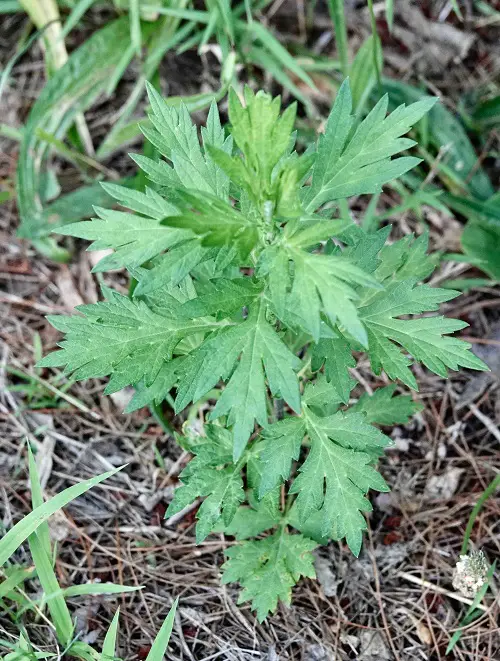
Botanical Name: Artemisia vulgaris
Mugwort is a perennial member of the daisy family that spreads through rhizomes and forms a thick blanket over the ground. This weed also works great as a fertilizer, and its extracts stimulate seed germination among carrots and potatoes.
Rich in potassium and phosphorous, you can compost or mulch its leaves to nourish garden beds. It also works great to deter rabbits and deer.
8. Plantain
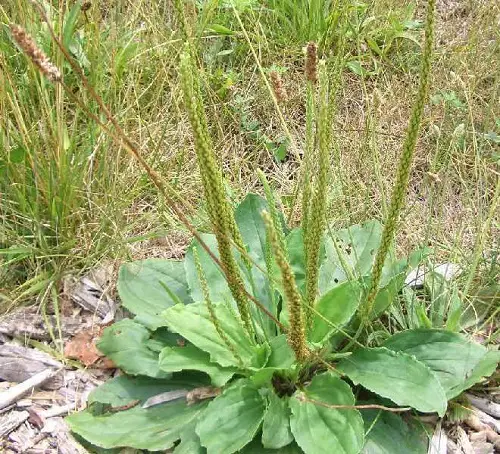
Botanical Name: Plantago major
Plantain improves soil quality by accumulating and stoing nutrients, and then slowly releasing it to other plants. Rich in calcium and magnesium, chop it up and ads to compost or use as a live mulch.
It is a good weed in the garden for various reasons, including being edible and rich in iron and vitamins. It breaks down compacted soil and holds loose soil together, preventing erosion.
9. White Clover
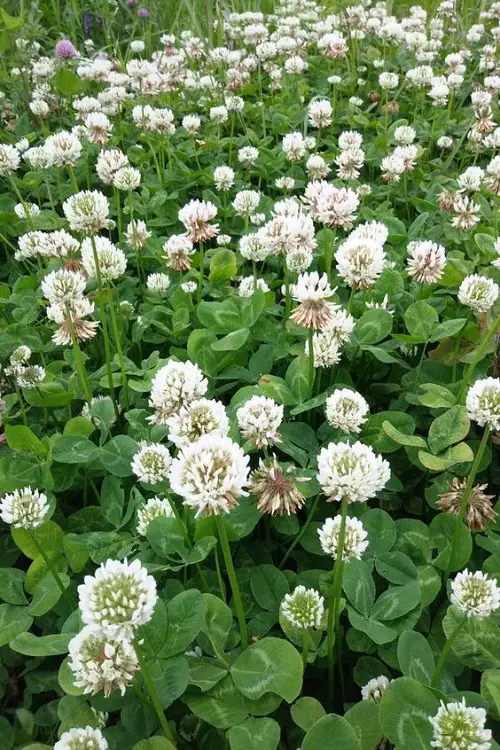
Botanical Name: Trifolium repens
Next on our list of weeds that make good fertilizers is white clover. A nitrogen-fixer, it improves forage quality and supplies nutrients for healthy pastures, grass, and other foliage plants.
It’s also rich in phosphorus and can be used as a cover crop or added to compost to boost nutrient levels.
10. Purslane
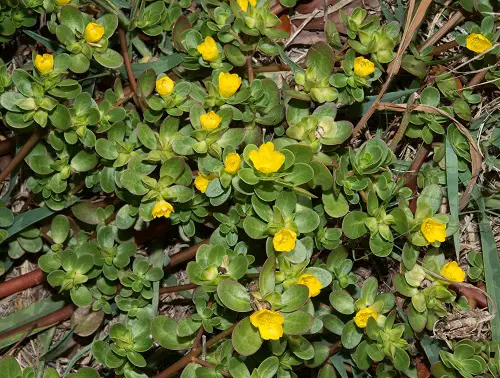
Botanical Name: Portulaca oleracea
Finally, we come to a weedy superstar—purslane! Purslane is a bioaccumulator, meaning it absorbs metals such as lead from the soil and helps decontaminate the medium. It is also edible, tasty, and nutritious.
But above all that, it has deep roots, making it a great companion to shallow-rooted crops like corn. Purslane decomposes quickly, releasing essential nutrients to the soil and making them available to all others.
So if you have purslane, one of the most common weeds that invade any garden, don’t curse it! Instead, mix it as green manure directly into the soil or compost.
Now, when you spot these weeds, we know you’ll make the best use of them as natural, affordable fertilizers! Let us know how it goes in the comments below!


